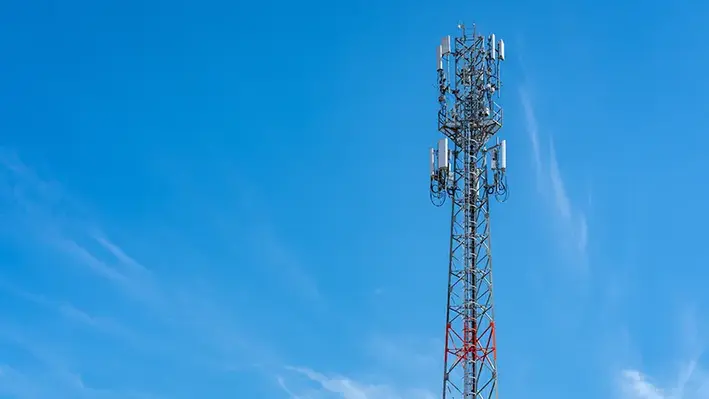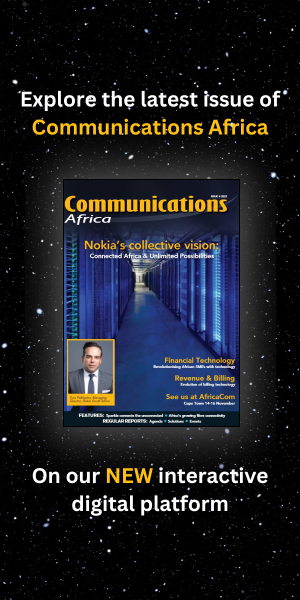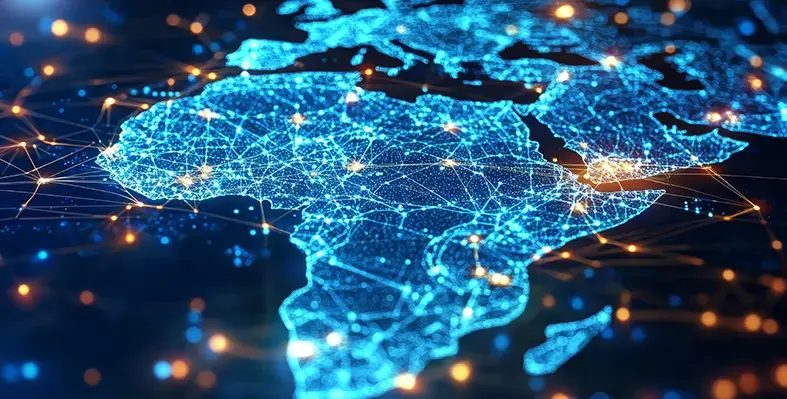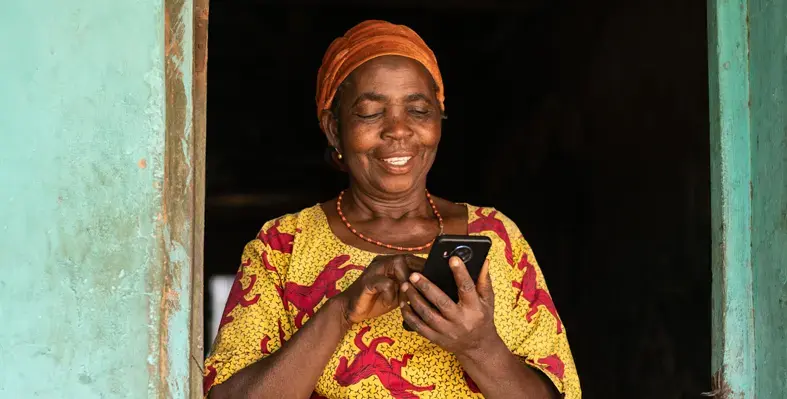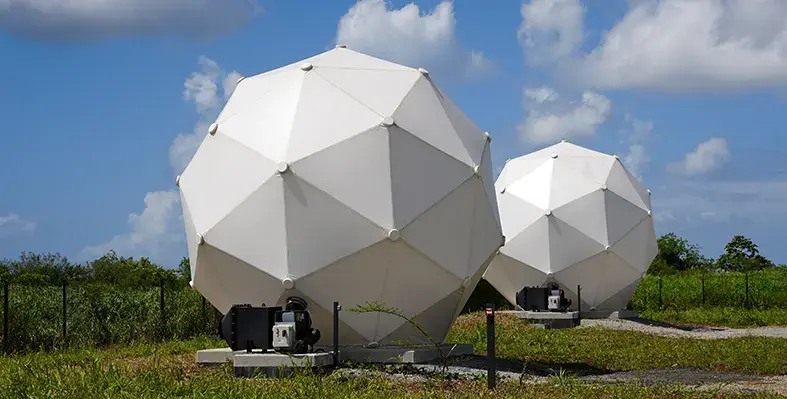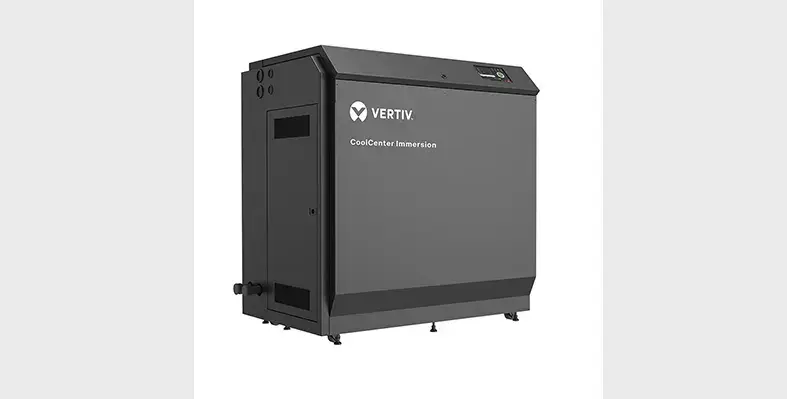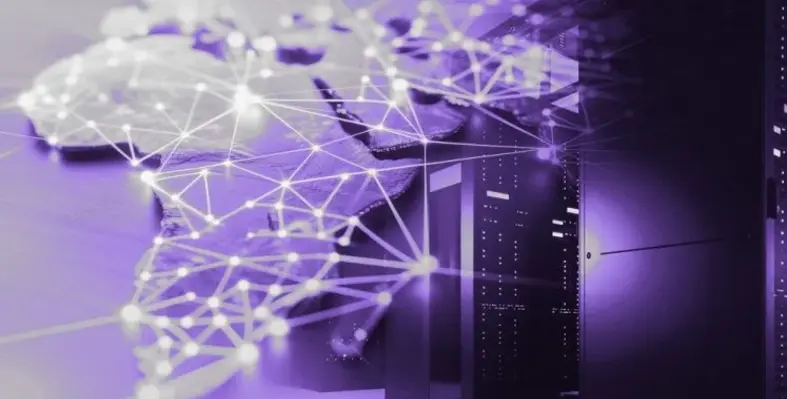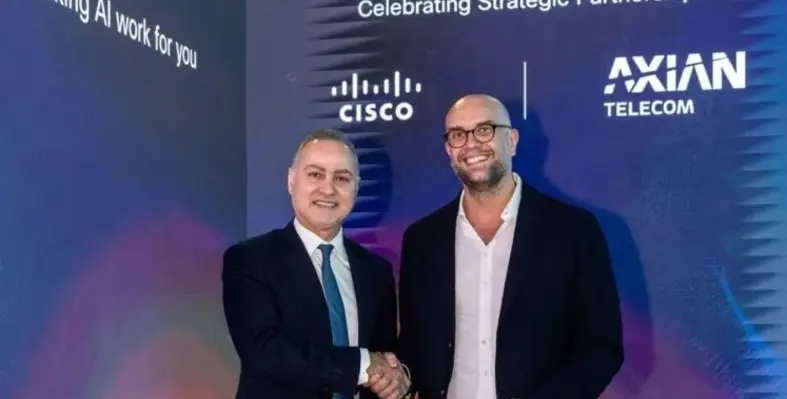A new report by Ookla highlights the ongoing growth of Morocco’s fixed telecom sector, driven by fibre optic deployments, which are rapidly improving network performance, ahead of the country hosting various flagship international events in the next five years
The country’s fixed wired broadband market has grown significantly, reaching nearly 2.6 million connections by September 2024, up from over 1.6 million in 2019, according to the Moroccan telecom regulator (ANRT).
Ookla’s latest analysis of wifi performance in the country’s premier hotels also highlights how infrastructure is adapting to meet the demands of high-speed internet connectivity in support of the influx of tourists attending the upcoming Africa Cup of Nations (AFCON) event.
The soccer tournament runs from December 21, 2025, to January 18, 2026. In 2030, Morocco is also set to host the World Cup alongside Spain and Portugal.
“Our analysis reveals the ongoing transformation of Morocco’s digital infrastructure, which will play a crucial role in supporting the influx of tourists and international events such as the Africa Cup of Nations and the 2030 FIFA World Cup,” said Karim Yaici, lead industry analyst for the Middle East and Africa at Ookla.
“With continued investment in fibre and the upcoming 5G rollout, Morocco is boosting its appeal as a tourist destination, especially for travellers who prioritise seamless online access.”
According to Speedtest Intelligence data, Morocco’s leading cities, Rabat and Casablanca, are at the forefront of fixed broadband performance. These cities recorded median broadband speeds of 36.55 Mbps and 35.57 Mbps, respectively, in Q4 2024.
Furthermore, wifi performance in luxury hotels in Agadir and Marrakesh is setting a high standard, notes the Ookla report.
Despite lower broadband speeds in these cities, the wifi in top hotels, such as The View, Hotel Riu Palace Tikida, and La Mamounia, far outperforms its peers in other cities with higher overall broadband speeds.
“Casablanca and Rabat offer strong fixed broadband performance, but some of their five-star hotels face challenges in delivering high-quality wifi service,” Ookla said in a statement announcing the report.
“These properties, which are likely connected to fibre networks, deliver limited wifi performance. Potential causes include outdated or misconfigured access points.”
It said optimising equipment placements and upgrading systems could enhance guest experience by reducing congestion and improving connectivity.
Moreover, Morocco’s broadband market is poised for “significant growth”, it added, driven by fibre deployment and plans for a 5G technology rollout.
The Moroccan government’s ‘Maroc Digital 2030’ initiative, with a budget of US$1bn, aims to connect 4.4 million households with fibre by the end of 2025 and reach 5.6 million households and 6,300 government institutions by 2030.
“This expansion, along with the launch of 5G services this year, promises to improve overall internet connectivity and strengthen the telecom sector in Morocco, providing a strong foundation for the tourism and hospitality industries.”




